Hey all! It happened again. I looked at my dining room and I COULD NOT leave well enough alone. I started fiddling with new ideas, then one thing led to another, and I had taken everything out of the dining room and was left with a blank canvas. One of those blank canvases was a large wall. I wanted it to be large, and a statement piece, but not take away from the space…
I was trying to figure out approximate size, so I went up to my home gym (you may recall it from the Frogtape Makeover Challenge) and I borrowed the large sign I had made for the gym… well I ended up loving the style so much that I simply duplicated the looked and this is how I did it!
Supplies Used:
- 1/4″ MDF Paneling
- 1/2″ Pine Boards
- Sand Paper
- Clean Cloth
- Wood Glue
- D-Rings
- White Primer/Paint
- Carbon Paper
- Sharpie Markers
- Black Craft Paint
- Paint Brushes
- Stain (your color preference)
Tools Suggested:
- Table saw (or ask the nice folks at The Home Depot to cut it for you in store)
- Miter Saw
- Sander
- Finish Nailer
- Drill
- Sponge Sanding Block
- Sponge Paint Roller
I went to The Home Depot and picked up a piece of 1/4″ MDF paneling. It’s fairly cheap, yet sturdy and smooth. A 8×10′ sheet is about $13.00. (If you are wanting to create a smaller size piece, they do sell “handy panels” that are 2×4′) I was going to make this sign HUGE ! I cut my MDF to my desired size. (Mine is about 58″x 42″)
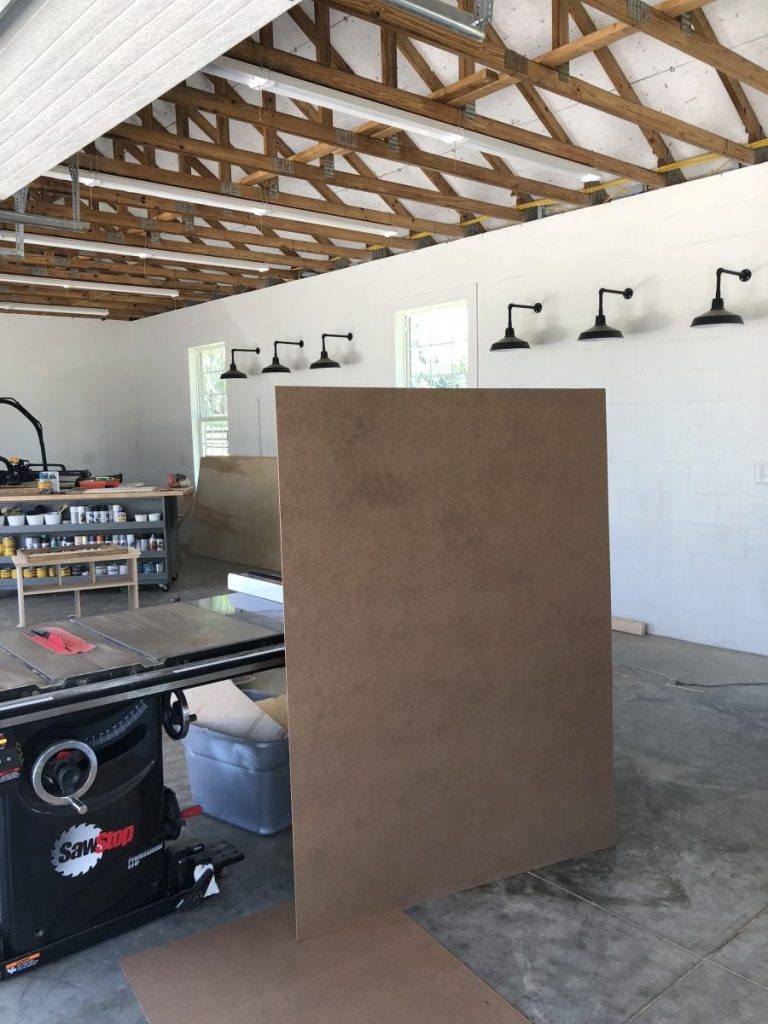
Once the entire board was LIGHTLY scuffed. I needed to remove all of the dust and residue left from the sanding. To do this I went over the board with a clean damp cloth.
Once the board had air dried for a few minutes, I proceeded to paint. I chose to use a low sheen white. The best advise I can give you, is to use a paint and primer all in one. It speeds up the process.
Once the coat of paint is COMPLETELY dry, I like to go over all my painted pieces with a fine grit sponge sand block. I am TELLING you people, this little step will make all the difference when it comes to smooth paint finishes! Once you have used the sponge sander, wipe down with damp cloth and repeat painting/sanding steps until you have a nice uniform coverage. 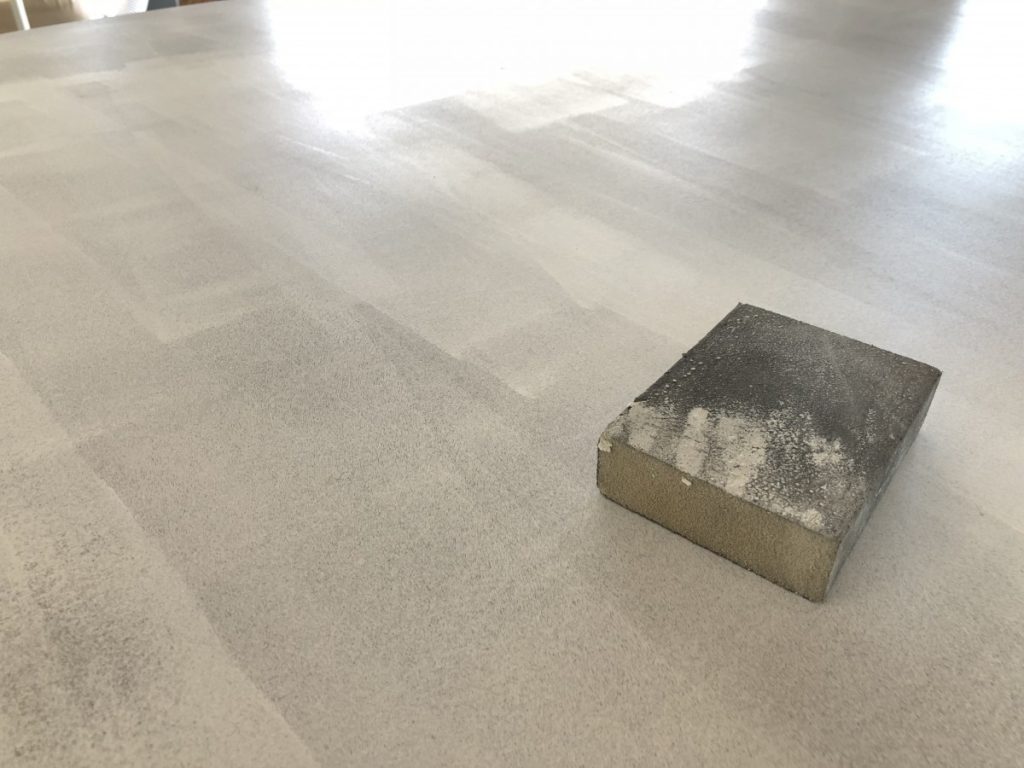
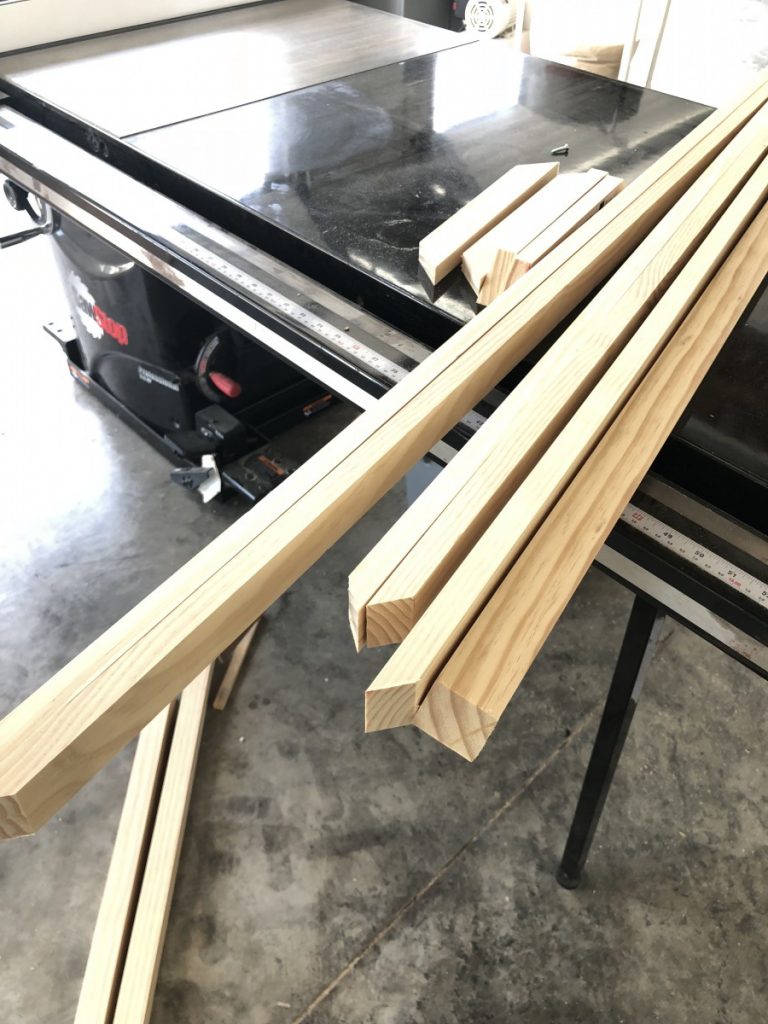
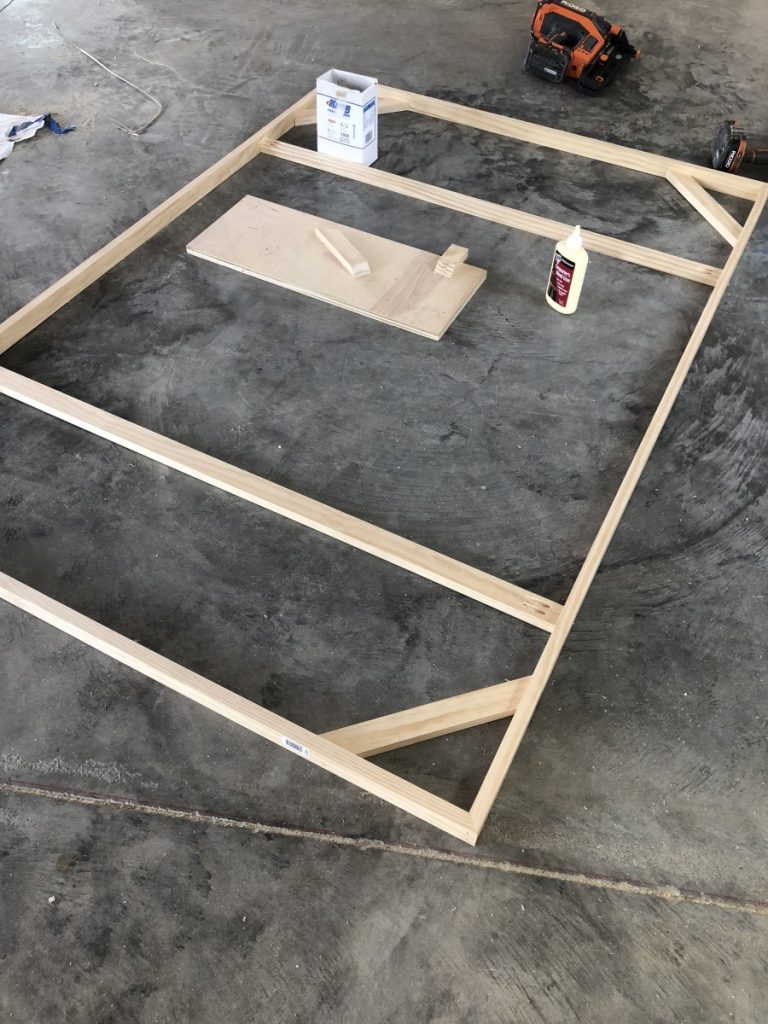
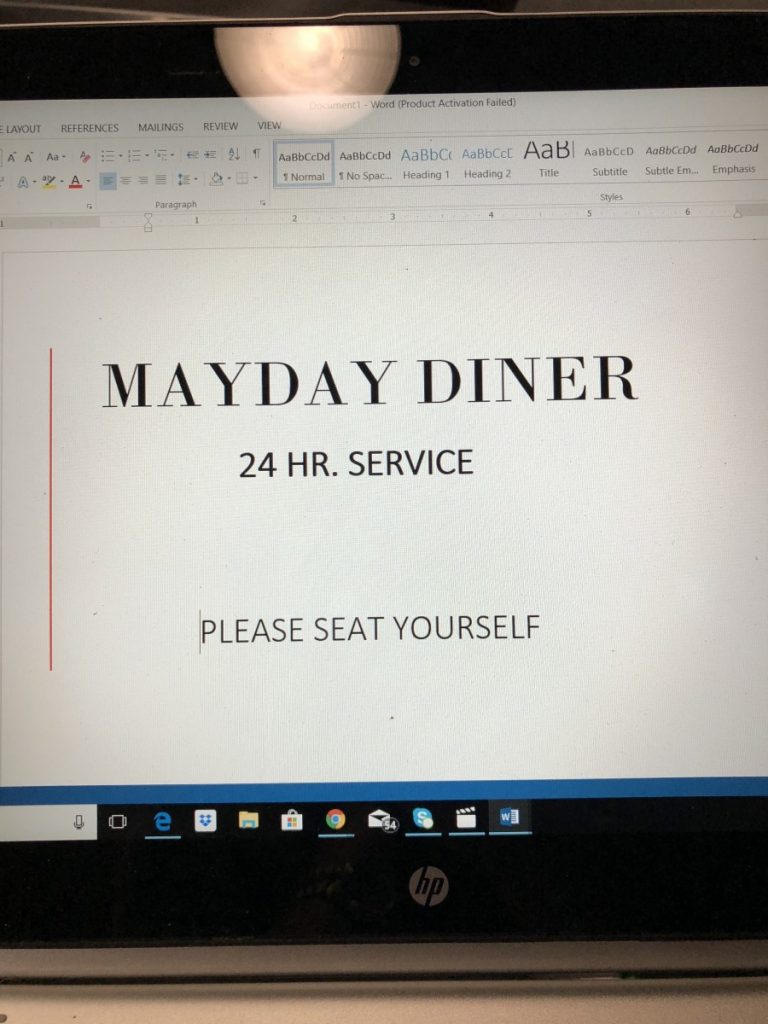
This is definitely an old school technique, but hey, I have no desire to buy a vinyl cutter that I will use once a year, and then I need to store the rest of the year. So this is how I do it! Just tape your design in place and then trace with carbon paper!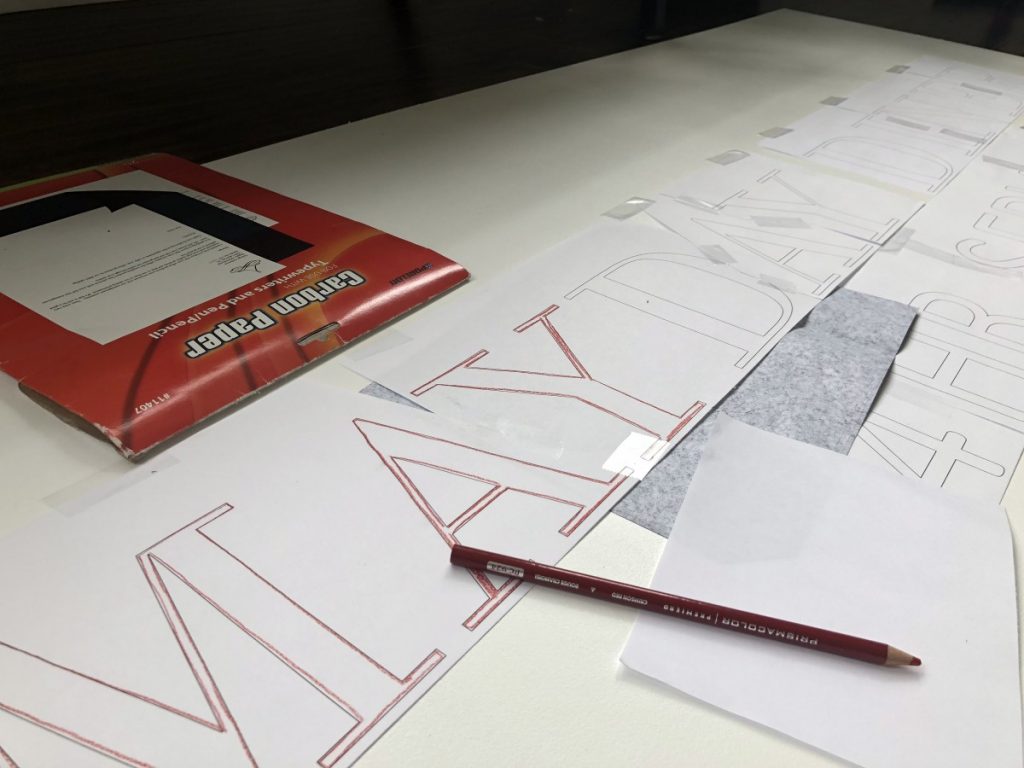
I forgot to take a picture, but here is another tip! BEFORE you start painting your letters, I trace all of my outlines with a black permanent marker! It is easier for me to get a straight lines with a marker, and then I fill in the rest with basic crafting acrylic paint.
Next we need to get the frame ready for the panel/sign. I first stained my frame with “Golden Oak” by Minwax, and then I attached “D-Rings to the back vertical supports. 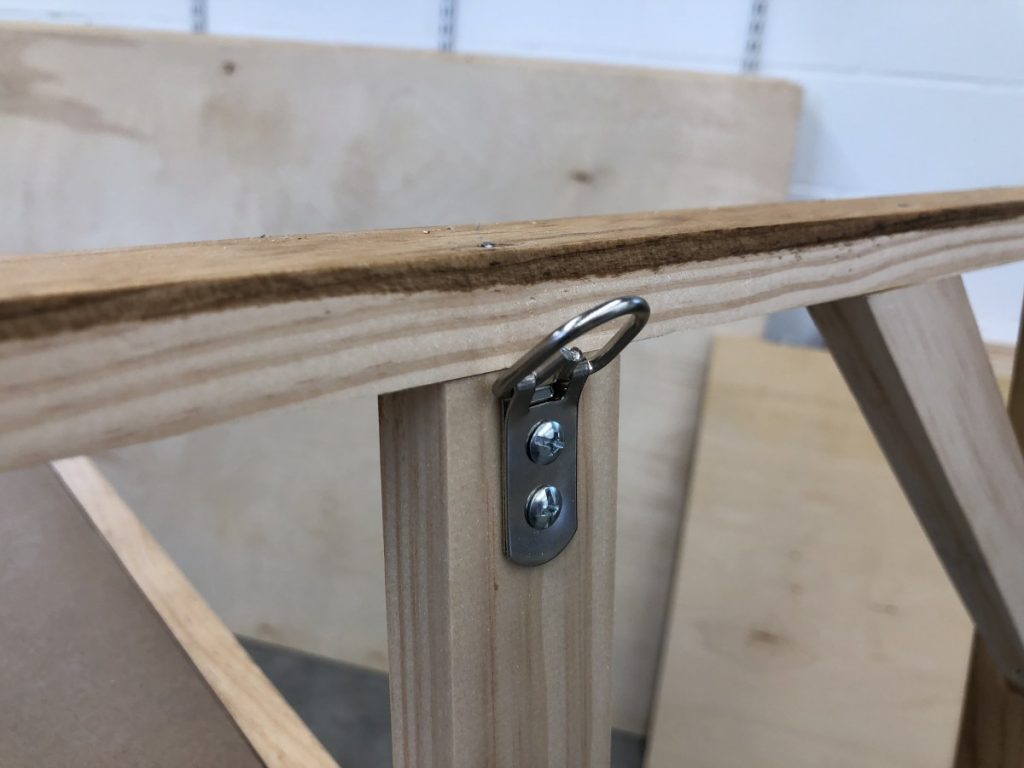
NOW you are ready to install! Make sure you properly mount it into either, studs, or you use a heavy duty mollies. That’s it! You now have a HUGE piece of completely custom artwork for approximately $20! That ain’t bad at all!
Check back soon for the rest of the dining room reveal!
Take Luck,
Corey
 Copyright secured by Digiprove © 2018
Copyright secured by Digiprove © 2018

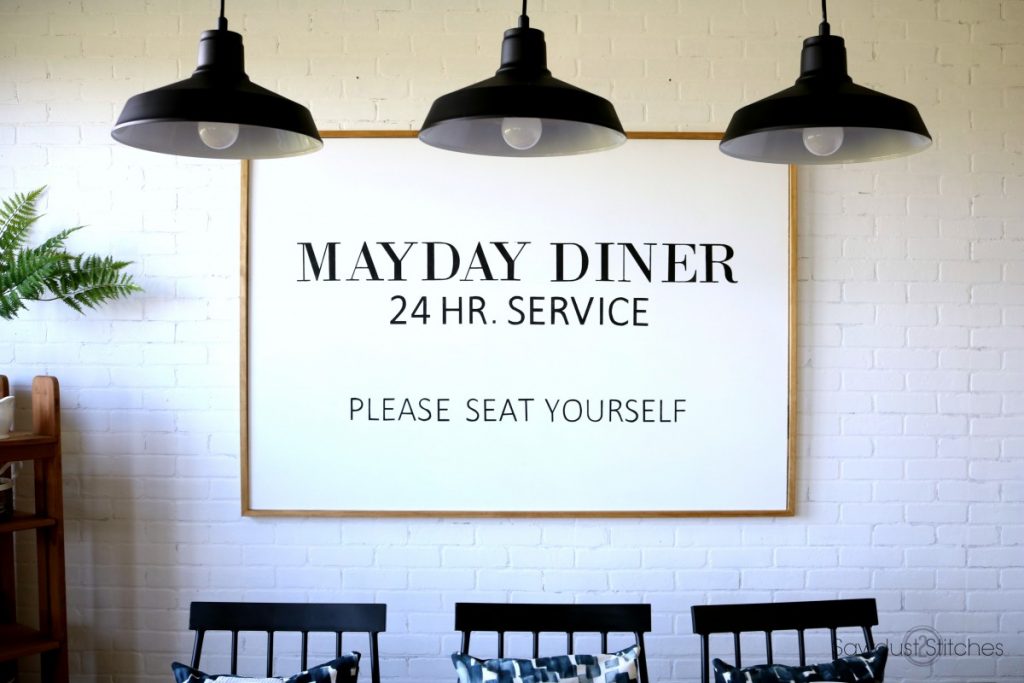
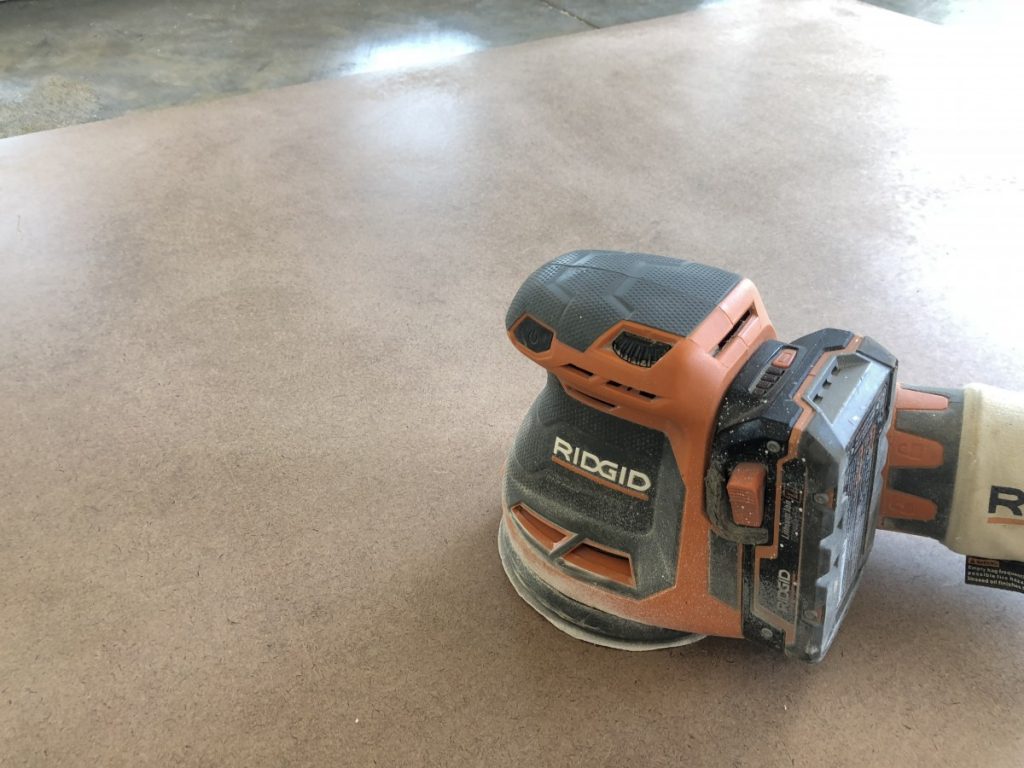
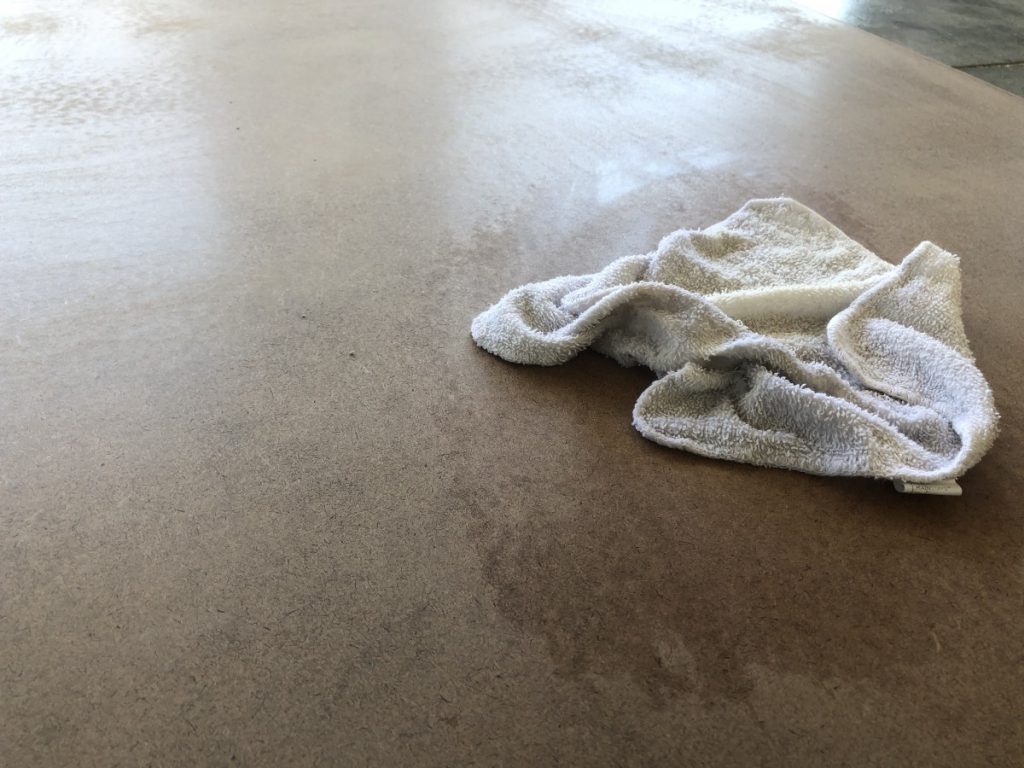

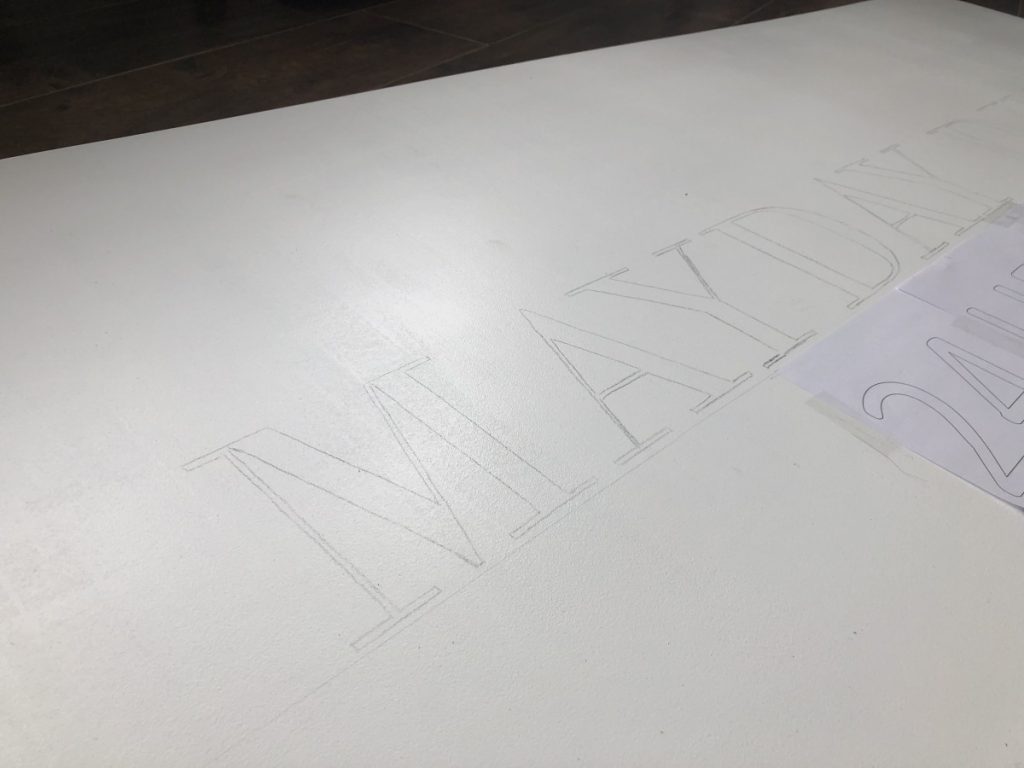

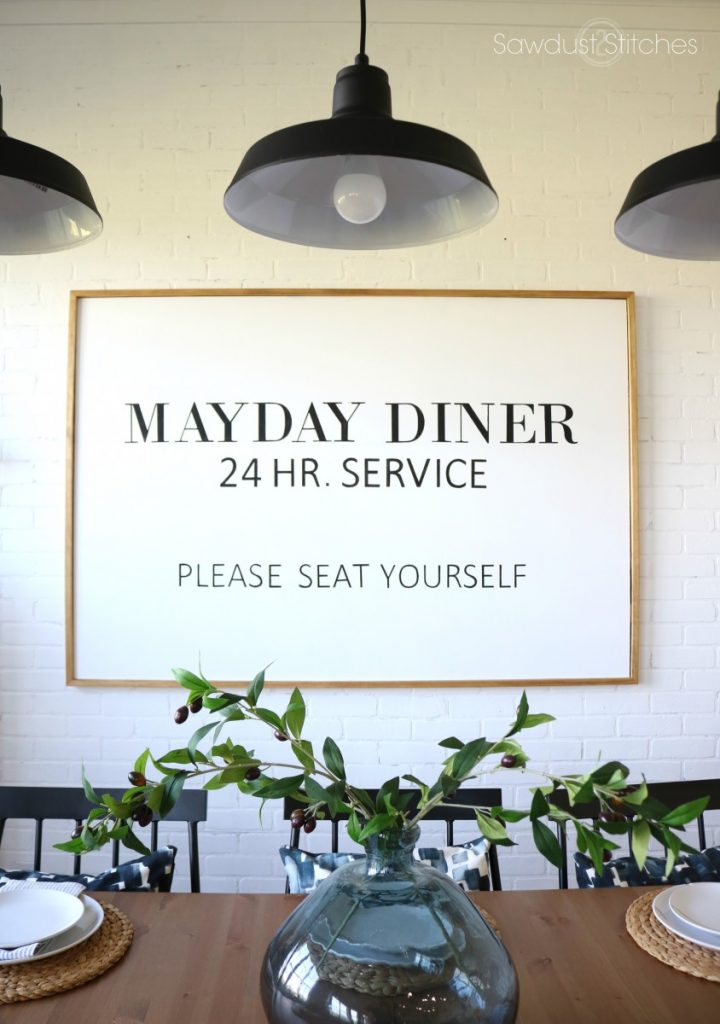
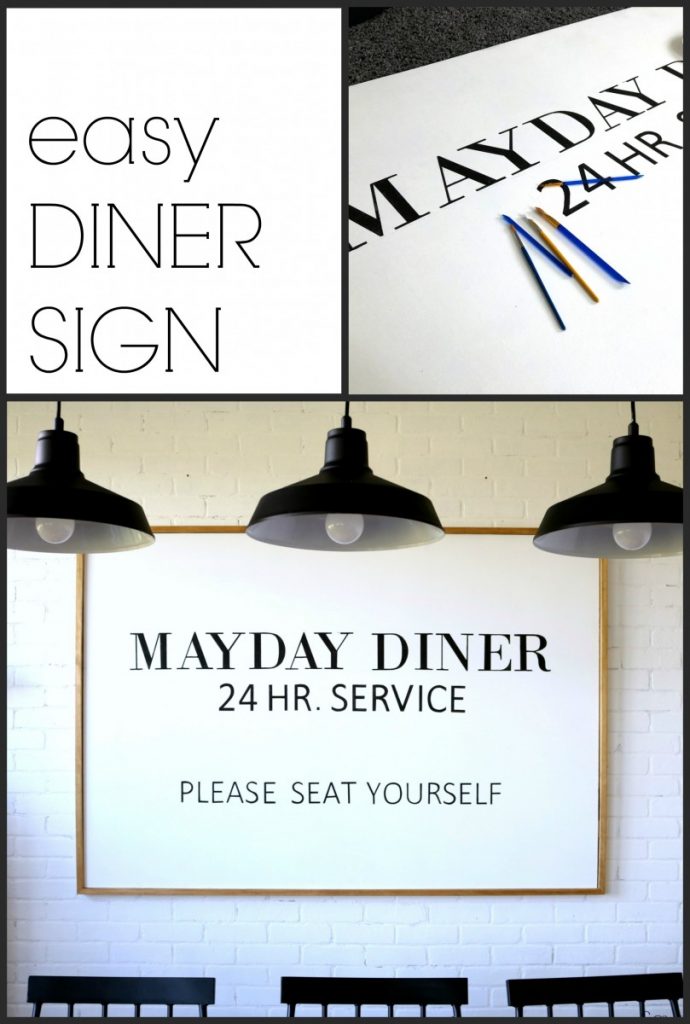
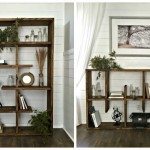
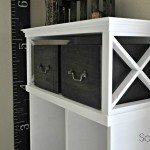

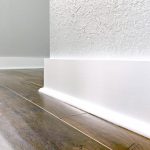
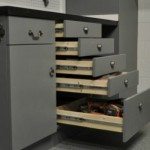
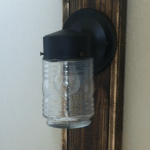

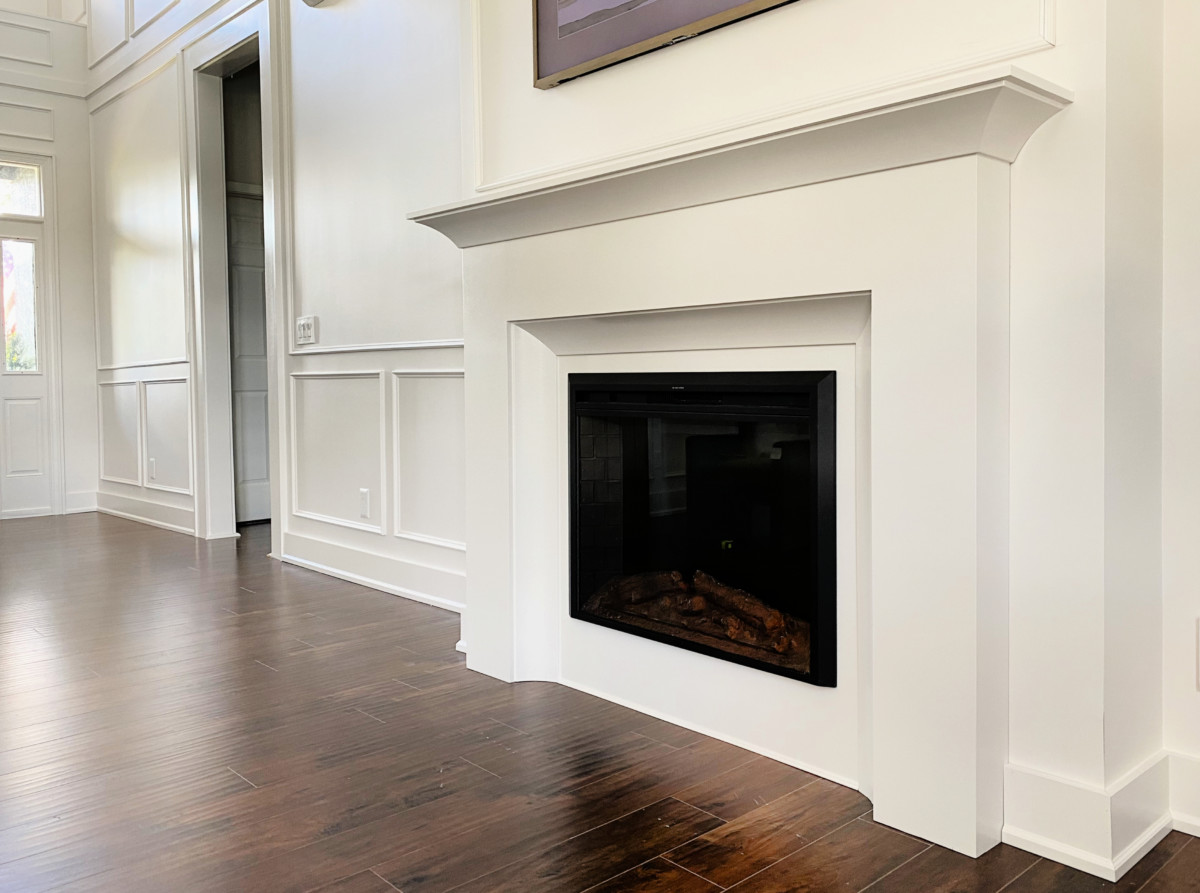
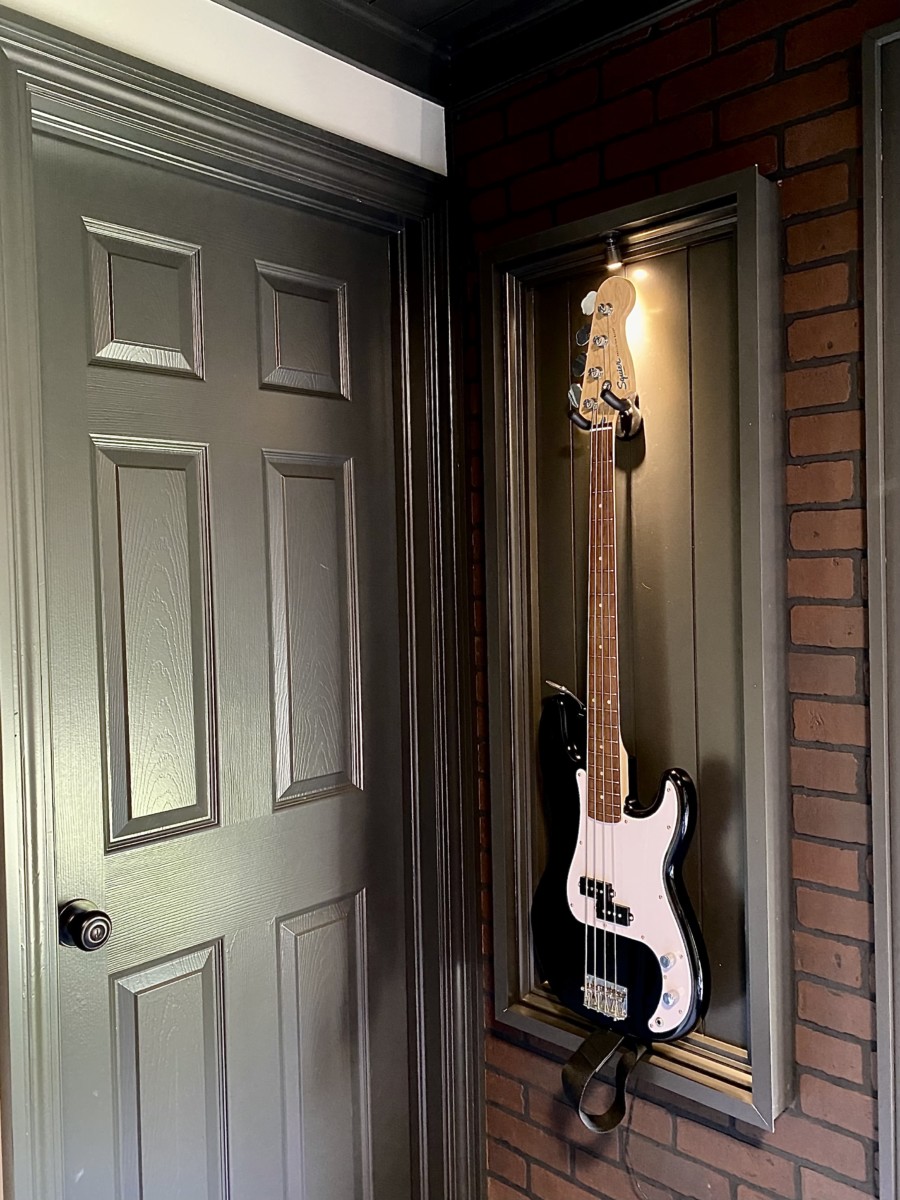
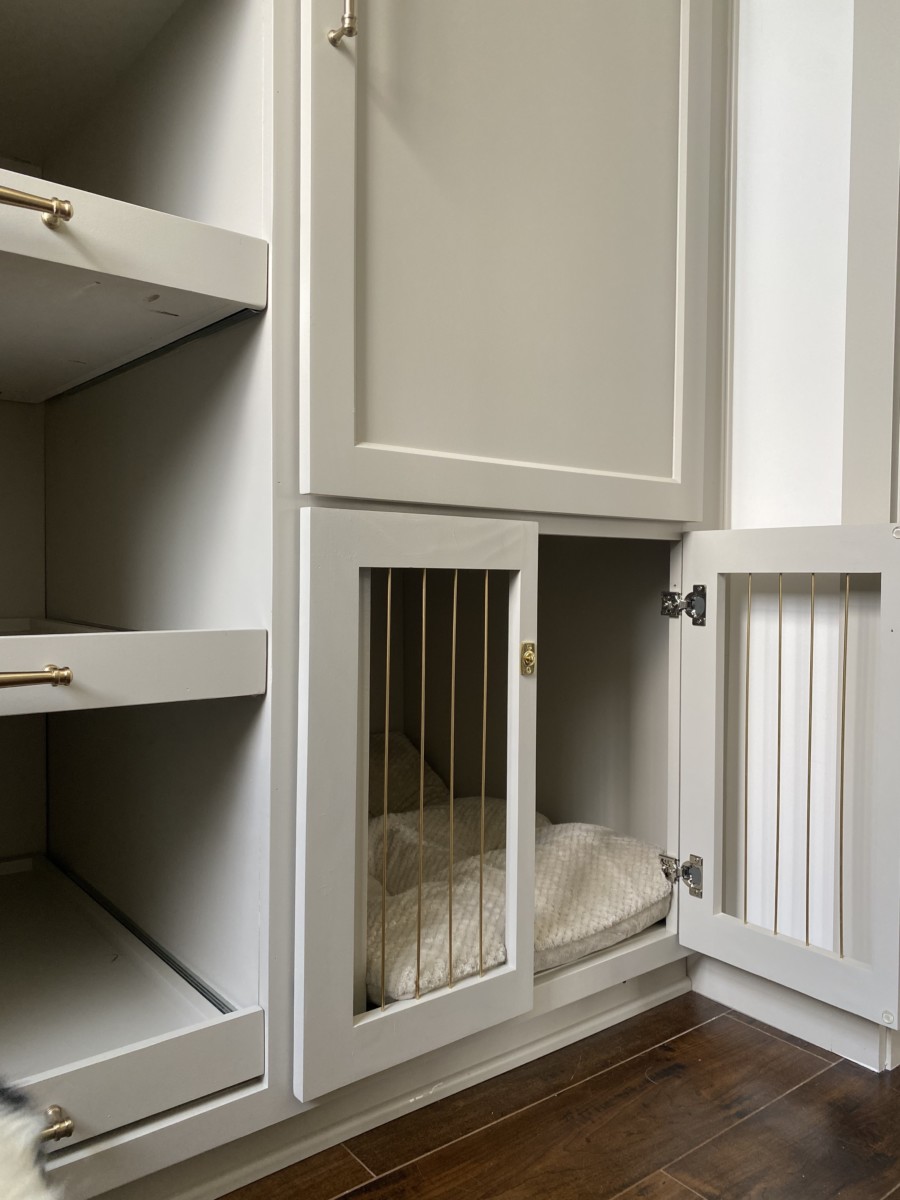

Wow, so cool! I love your frame pointers! A giant frame project is definitely in my near future!
P.S. The MDF can’t really come in 8’x10′ can it?!
DO it! I love all my over size framed art! The MDF/composite board does come in full panels. It is in a very thin sheet only 1/4″ thick, and it is textured on one side.